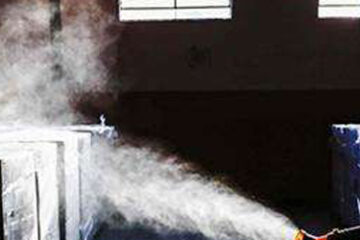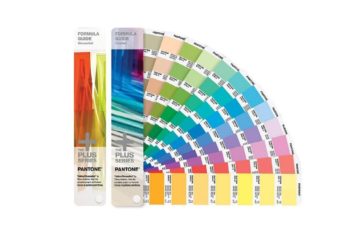Tension control plays a pivotal role in many industries, especially in the printing industry. When there is a problem with the tension control, it may cause various problems such as inaccurate overprinting, wrinkling, and paper breakage. This article has collected some questions and answers about tension issues abroad, and I would like to share with you.
1. Q: Has the development of tension control technology and equipment reached a stagnation period?
A: This is not the case. In fact, the innovation of tension control in various industries has never stopped. In recent years, the emergence of new products such as carbon fiber, specialty fiber fabrics, and thinner films has driven the continuous development of tension control technology and equipment. Many customers are facing equipment upgrades in this area. Moreover, in recent years, tension control technology has also achieved some new developments, such as weightless sensor calibration, out-of-round compensation for tension sensor systems, and large coil gain compensation. These technologies have not appeared a few years ago, but are now popular in various industries. In addition, communication between various equipment components has developed rapidly in recent years, which also improves the accuracy of tension control.
2. Q: What problems can be caused by inaccurate tension control? How much do people value it?
A: In fact, even in some very simple work, a certain degree of tension control is required. Depending on the industry, tension control misalignment can cause different problems. As far as the printing industry is concerned, the problems that are usually seen are registration deviations, paper breaks, wrinkles, and unwinding. Interestingly, however, when problems arise, people tend to consider other possible causes rather than tension control. For example, if the paper is offset, many people will first think of a problem with the correcting unit, but ignore the tension control. If there is not enough tension, the correcting unit will not work properly. The same thing happens on the slitting unit. If the tension control is unstable before and after the slitting unit, you will have a hard time getting a good cutting effect.
3. Q: What factors do you usually need to consider when selecting a tension control unit?
A: There are many factors to consider, such as how accurate is the need? Which control method is open loop or closed loop control? What is the line speed? Tension control at low speeds is more difficult and complicated than at high speeds. The convenience of the tension control unit is particularly important for the size of the winding diameter. The larger the roll diameter, the more recommended closed loop control. The required gain under large roll diameter is larger than that under small roll diameter. Some conventional tension control units are usually best sized in the middle of the roll diameter, which means that the control accuracy is worse in the case of large roll diameters and small roll diameters.
4. Q: In the future, what should I pay attention to in terms of tension control in the flexible packaging industry?
A: Yes. The flexible packaging industry will have higher requirements for
tension control in the future. In particular, more and more thin film types are
now being used for packaging, and these materials are more stringent in tension
control requirements for various devices.


